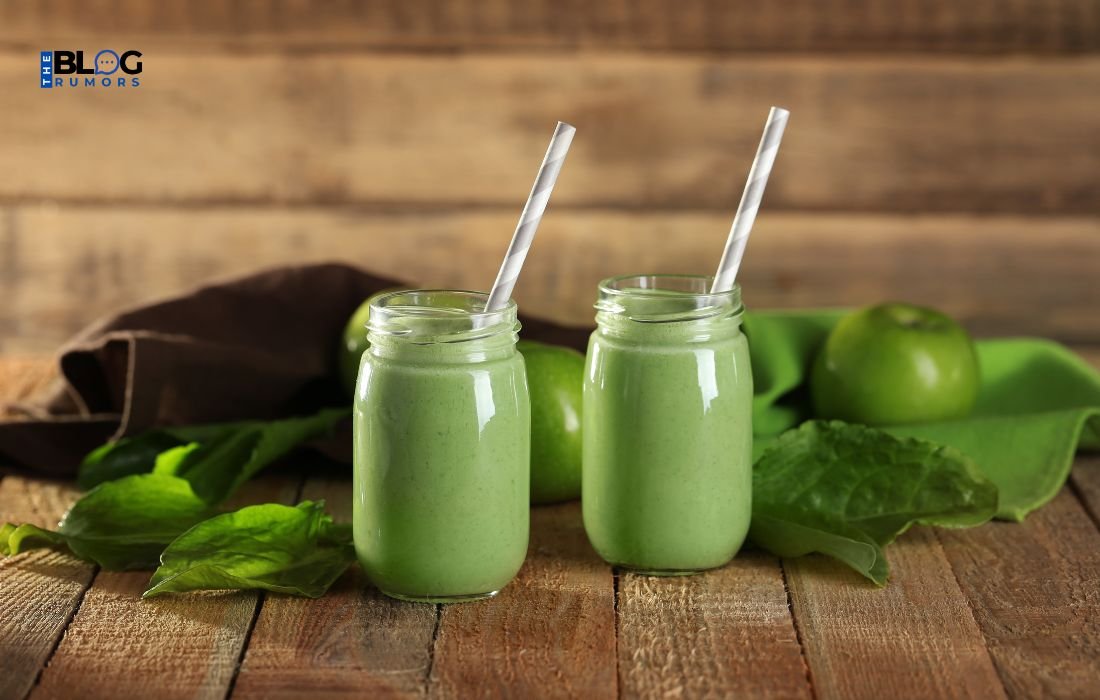There is a traditional Turkish drink called Pazarcik Sifa Bozasi that stands out for both its taste and its past. This special kind of boza, a fermented drink, comes from the town of Pazarcık and is known for having a great taste and many health benefits. What is boza, though, and why is Pazarcık Şifa Bozası so unique?
People make boza from soured grains like millet, corn, or wheat. It is a thick, slightly sour, and slightly sweet drink. There are many places in Turkey where you can find this dish, but each town has its own unique twist on it. Pazarcık Şifa Bozası stands out because it uses unique products and traditional cooking methods. In Turkey, drinking boza is more than just a drink; it’s a way to enjoy a piece of the country’s long past.
The History of Boza
Boza has roots that go back to the Ottoman Empire and even further, to earlier civilizations. This hearty drink was liked by both fighters and travelers because it was full of healthy ingredients that kept people hydrated and gave them the calories they needed on long trips. Because it was thick, Boza was great for cold winter nights, and it is still a yearly favorite in Turkey.
Over time, boza changed, and different parts of the world made their own versions by using different grains and recipes. Over the years, Pazarc̱k’s boza has become famous, and family recipes are often passed down from generation to generation. The basic idea behind fermentation hasn’t changed, but what makes Pazarcık Şifa Bozası popular is the exact mix of flavors and ingredients that go into it.
The Unique Characteristics of Pazarcık Şifa Bozası
What makes Pazarcık Şifa Bozası different from other kinds of boza? All of it comes down to the products and the skill of the locals.
- Flavor Profile: Pazarcık Şifa Bozası has a unique mix of sour and sweet flavors. It is a little sourer than other kinds, which makes it very refreshing. People who live in the area say this is because of the mix of foods that are used, which are grown in the area.
- The main things that go into it are rice, water, and a natural sweetener like honey or sugar. Pazarcık’s boza doesn’t have any artificial ingredients like some industrial versions do, so it has a real taste.
- Local Ingredients: Pazarcık is famous for having lush land that grows the best grains. Because they come from the area, these ingredients give Pazarcık Şifa Bozası a unique flavor that is hard to find anywhere else.
Health Benefits of Pazarcık Şifa Bozası
One reason boza has been around for so long is that it is good for you in many ways. Because it is fermented, this drink has more vitamins, minerals, and bacteria than other drinks.
- Probiotics: The fermentation process adds good bacteria to the food, which helps the digestive system and the immunity system.
- Boza is a good source of iron, calcium, and phosphorus, and it is also full of important vitamins, especially B vitamins.
- Immune System Boost: Because it has a lot of nutrients and bacteria, Pazarcık Şifa Bozası is often drunk in the winter because people think it makes their immune systems stronger.
The Role of Fermentation in Boza
The process of fermentation gives boza its unique taste and health benefits. Boza is a thick, sour drink made from grains like millet that have been soured. Natural bacteria turn the sugars in the grains into acids and gases.
Pazarcık Şifa Bozası ferments naturally for a few days, which gives the tastes time to fully develop. In contrast to faster fermentation methods used for mass production, the traditional way improves both the taste and the amount of probiotics in the boza.

Also Read More: country:c60rkwvlmxy= vietnam
How Pazarcık Şifa Bozası is Made
There have been improvements made to the way Pazarcık Şifa Bozası is made over the years, but the basic steps have been kept the same. Take a quick look at how it’s done:
- Putting the Millet in Water: To make the millet grains softer, they are first put in water and left overnight.
- Cooking: The grains are then cooked until they become soft and mushy.
After being cooked, the mixture is filtered to get rid of the grain husks, leaving behind a thick liquid. - Fermentation: After the liquid has been drained, it is left to ferment for a few days. At this point, good bacteria turn the sugars into probiotics.
Adding sugar or honey gives the boza its characteristic sweetness after the brewing process is done.
The Importance of Tradition in Pazarcık
Boza is more than just a drink in Pazarcık; it’s a sign of custom and heritage. A lot of families have their own recipes that have been known for a long time. People often get together to make boza together, especially in the winter when the drink is most popular.
Pazarcık Şifa Bozası festivals and events help keep this custom alive, and proud locals share their version of the drink with tourists.
How to Enjoy Pazarcık Şifa Bozası
In the traditional way, boza is eaten cold. For extra taste and texture, it is often served with roasted chickpeas or cinnamon on top. People usually drink it in the winter, which makes it a nice, warm drink for cold days. A lot of people like to drink it in the evening because it makes them feel full and calm.
Boza and Turkish Cuisine
In Turkish food, boza has always been special. It is often eaten with traditional Turkish sweets like baklava or lokma. People selling drinks on the street often have boza and other traditional Turkish drinks like ayran and şalgam.
Where to Find Pazarcık Şifa Bozası
In stores and coffee shops in Pazarcık, you can buy boza from people who live there. People who don’t live in the area can buy Pazarcık Şifa Bozası online at specialty Turkish food stores. But a lot of people who live there say that the best way to enjoy it is to drink it fresh in Pazarcık.
Boza in Modern Times
Boza is becoming more popular in Turkey and around the world as more people look for traditional foods that are high in probiotics. People from Turkish communities in Europe, especially Germany, have started serving boza to new people, which has made more people want to try this old drink.
Pazarcık Şifa Bozası: A Beverage for All Ages
Everyone can enjoy boza. Kids like it because it’s not too sweet, and adults like it because it’s good for them. Also, because the drink is linked to custom, it’s a treat that brings together older people and younger people.
Tips for Making Boza at Home
Make sure you use good millet and wait for the fermentation process to finish if you want to make Pazarcık Şifa Bozası at home. The best way to get the right mix of sour and sweet is to let the boza ferment for a few days.
FAQs
What’s the difference between Boza and Pazarcık Şifa Bozası?
People know Pazarcık Şifa Bozası for the unique mix of local ingredients it uses and the tangy taste that comes from fermenting it for a longer time.
How long does Boza soak in water?
The brewing process can take anywhere from 3 to 4 days, but it depends on the temperature and the ingredients that are used.
If I can’t handle dairy, can I still drink Boza?
Yes, since boza is made from water and grains, it doesn’t need any cheese.
Is Pazarcık Şifa Bozası a drunk person?
Boza is usually thought of as non-alcoholic, even though it has a very low alcohol level because it is fermented.
How should I store homemade Boza?
To keep it fresh, boza should be kept in the fridge and eaten within a week.
Conclusion
You should try Pazarcık Şifa Bozası whether you’re interested in its health benefits, its unique taste, or the long history behind it. This traditional sour drink shows how well Turkey can keep old recipes alive in today’s world, despite its rich culinary history.
Also Read More: Spain Gedmatch 999915 Results





